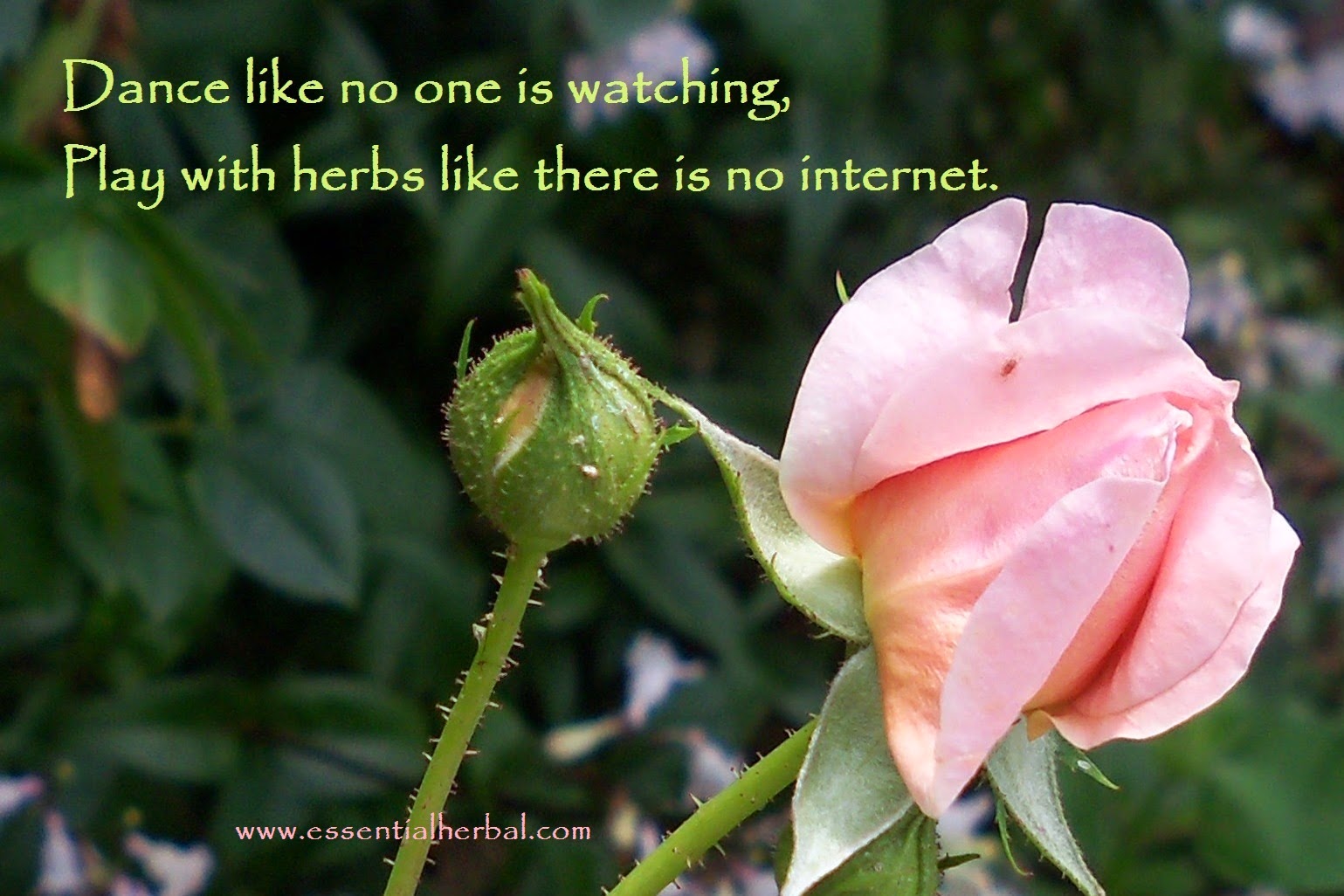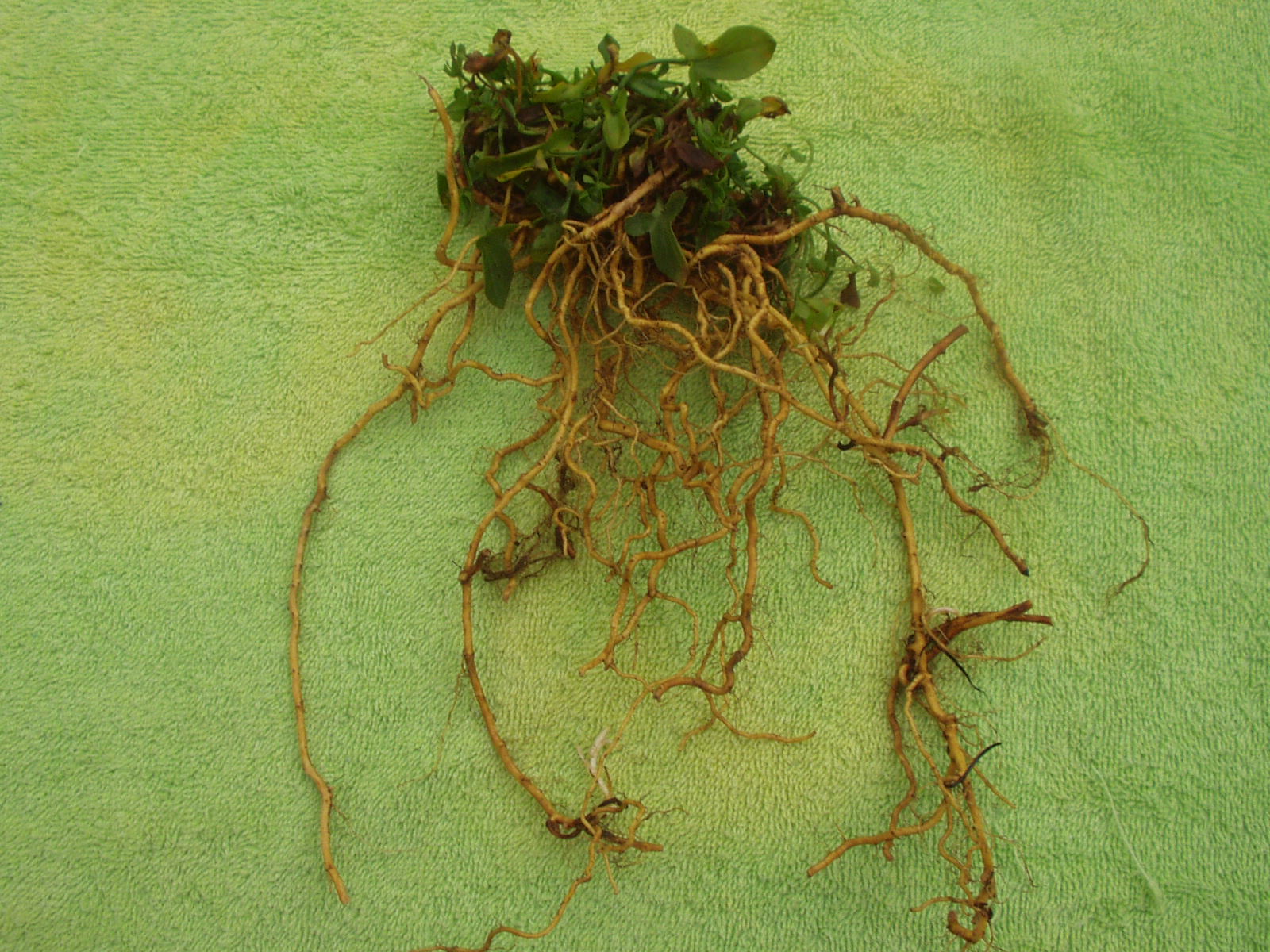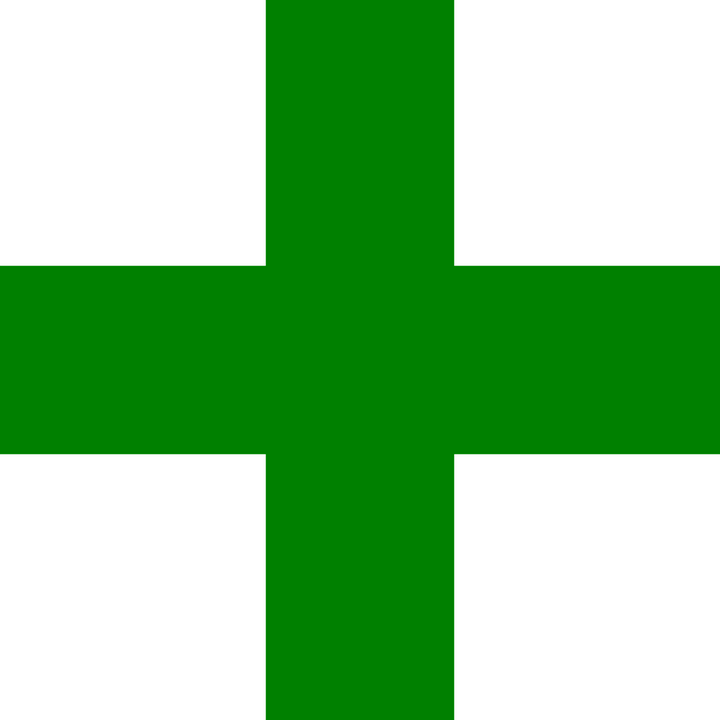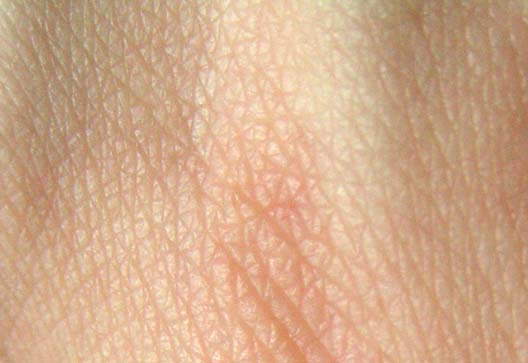
The terminology and dogma of herbalism are ever-changing. I know I’ve mentioned this before, but when we started out several decades ago, there were relatively few people who were referred to as herbalists. Everyone else considered themselves to be enthusiasts or as just being “into” herbs. Now it has changed, and that’s okay. You’re an herbalist, you’re an herbalist, everybody’s an herbalist! In some dictionaries, the term is defined as one who studies herbs – so it’s all good, and since there is really no legal definition in the US, it doesn’t make a lick of difference. Then there are the (apparent) rules. There are many new ones, many of which are driven by the vastness of the internet and the many, many voices. Some […] Read More





